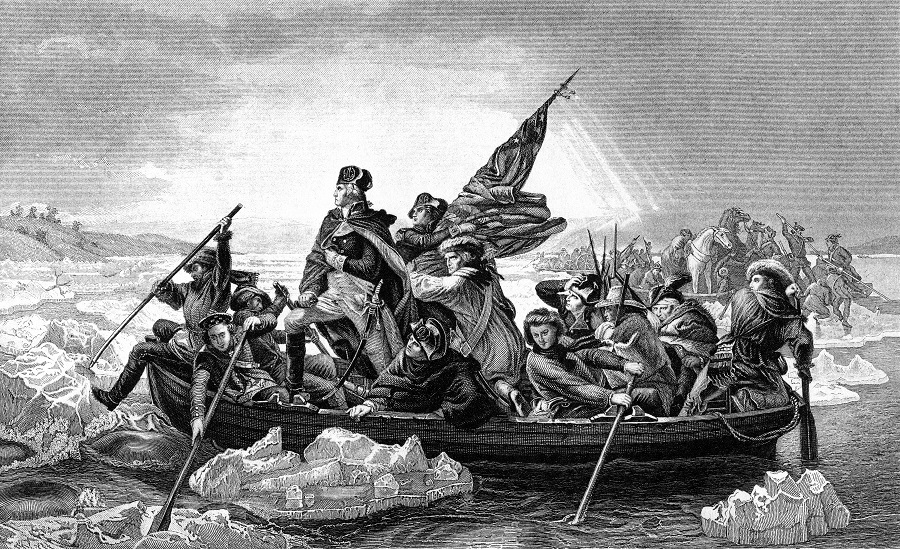
For a few quick glimpses of prices during the American Revolutionary War, we can glance into The Indispensable’s: The Diverse Soldiers-Mariners Who Shaped the Country, Formed the Navy, and Rowed Washington Across the Delaware by Patrick O’Donnell.
It is a delightful read on the early part of the revolution, focusing on the Marblehead Regiment from Massachusetts. This brave unit was key to several critical battles.
British commanders faced major supply line and communications challenges because of the distance between the colonies and London. At the time it would take three or four months for a round-trip voyage. Add in the time for a critical message to be understood, assessed, and a response developed you can see it took an incredible amount of time to get feedback or guidance.
There are a few tidbits in the book giving some hint of the purchasing power of money at the time.
Arming troops early in the fight was a challenge. In summer 1775, the Marblehead regiment was given 100 small arms (muskets) to help equip the 550 troops. Existing documentation said they were worth “one hundred ninety-two pounds eleven shillings.” The weapons had to be returned in good order unless they were documented as lost in service to the colony.
That puts the value of one musket at £1.92. Let’s call that about £2 each.
When George Washington started to build a small Navy he was able to rent a ship from a fishing captain who was also a key leader, John Glover. The rental was $78 a month for a 78 ton ship. It had the deck strengthened and holes cut for cannons, producing a seagoing combatant.
One of the biggest prizes claimed was the British brigantine Nancy. It weighed in at 250 tons and was loaded with munitions. It was captured on 11/29/1775.
An inventory of the haul included:
- 2,000 muskets
- 31 tons of musket balls – That is 62,000 pounds. With an estimated weight of 1.14 ounces each, that would be something in the range of 870,000 musket balls
- “Thousands” of bayonets
- 2,000 carriage boxes
- “kegs” of flints
- 7,000 6-pound cannonballs, standard artillery round of the day
- 150 carcass shells, an early form of incendiary artillery
- 1 very large caliber brass mortar
- 300 shells for said huge mortar
The initial estimated value of that prize, according to the book, was:
- £20,000
With that wide variety of items captured, it is not possible to attempt any sort of valuation of individual items.
The entire British forces in Boston marched on Trenton for a counterattack. They took with them the treasury entrusted to the commanders to fund the war.
Apparently it was known that the treasury was left behind in Princeton while the main forces attacked at Trenton. Washington slipped his troops away from Trenton and wanted to hit Princeton to grab the huge treasury. An unexpected march toward the battle of some of the troops guarding the treasury happened to cross paths with the patriot forces. Resulting battle presented Washington from moving on Princeton.
Amount in the treasury?
- £70,000
That is an incredibly massive amount of money, sufficient to fund warfare in all the colonies.